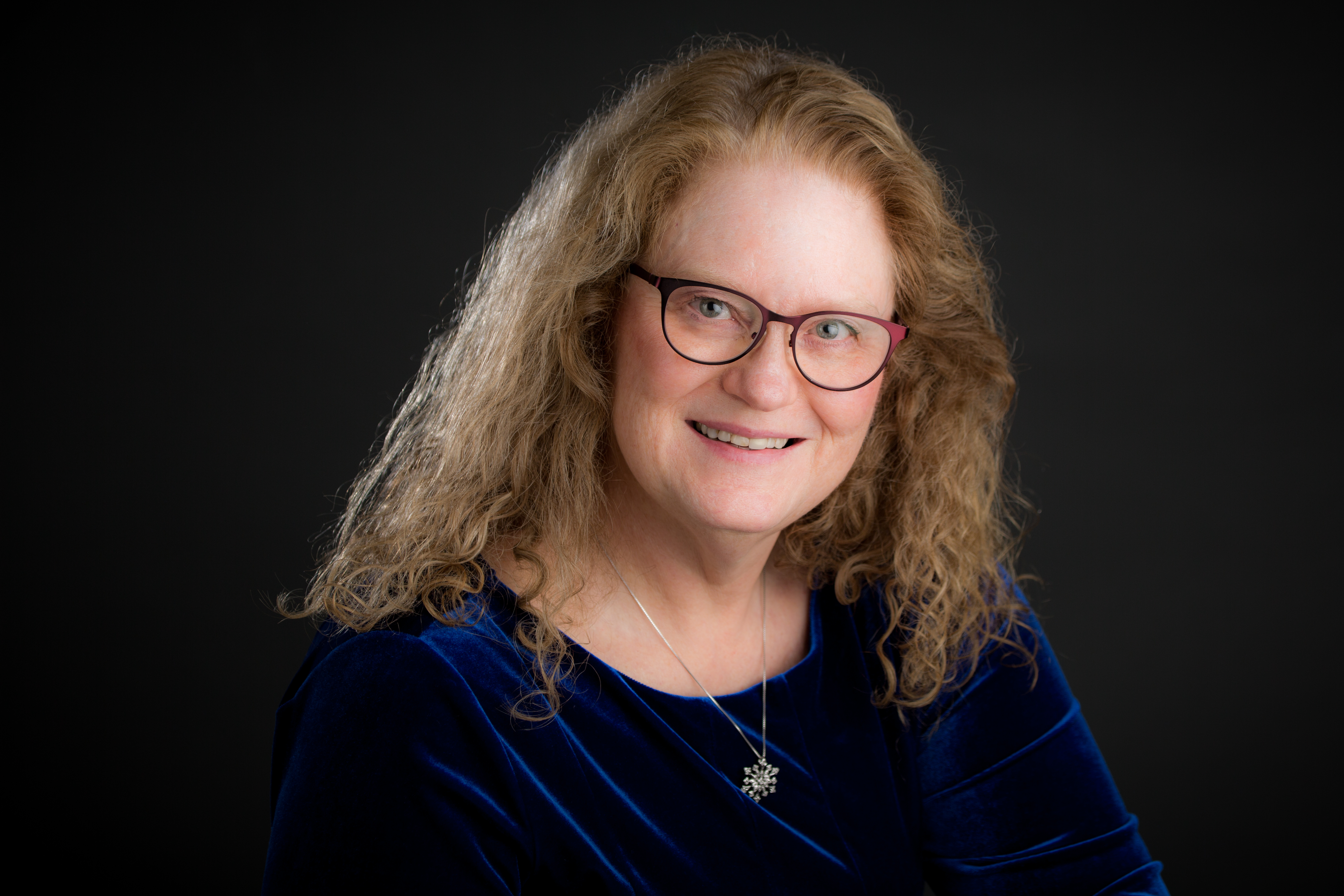Savior Teach Me Day by Day

Savior, Teach Me Day by Day was written by Jane Eliza Leeson in 1842 and it has been included in Hymns & Scenes of Childhood. It is considered a hymn of obedience to God. Jane Eliza Leeson was born in 1807 or 1808 in Wilford England. She was christened at St. Mary’s Church in Nottingham … [Read more…]